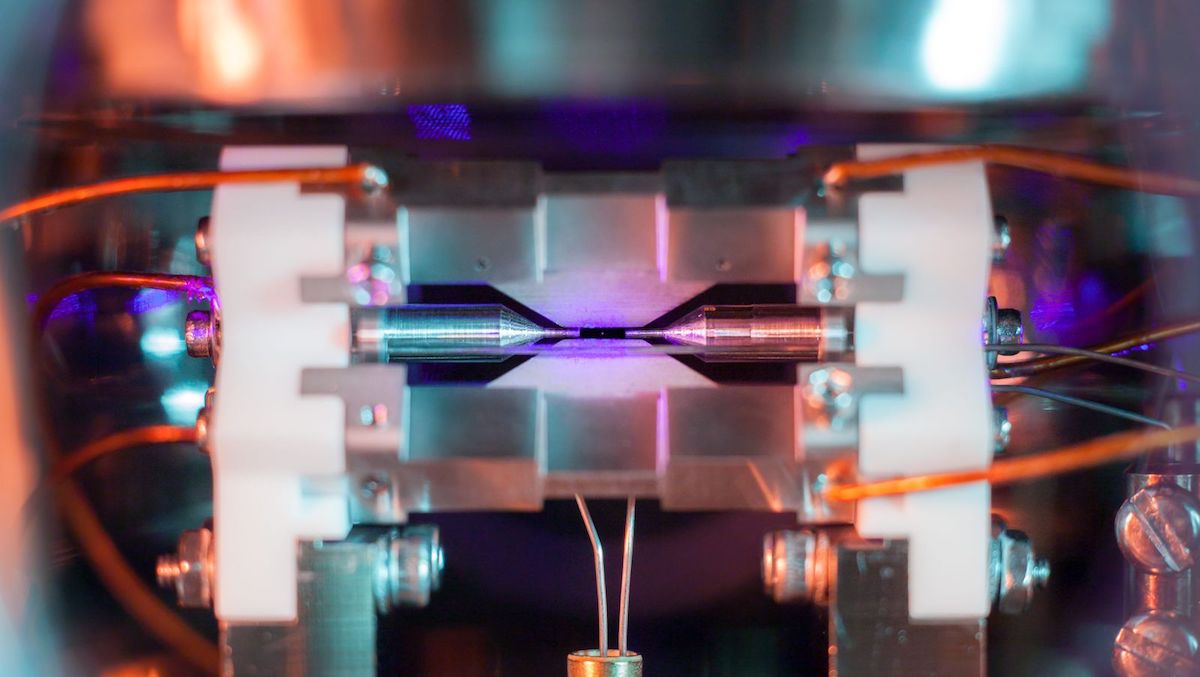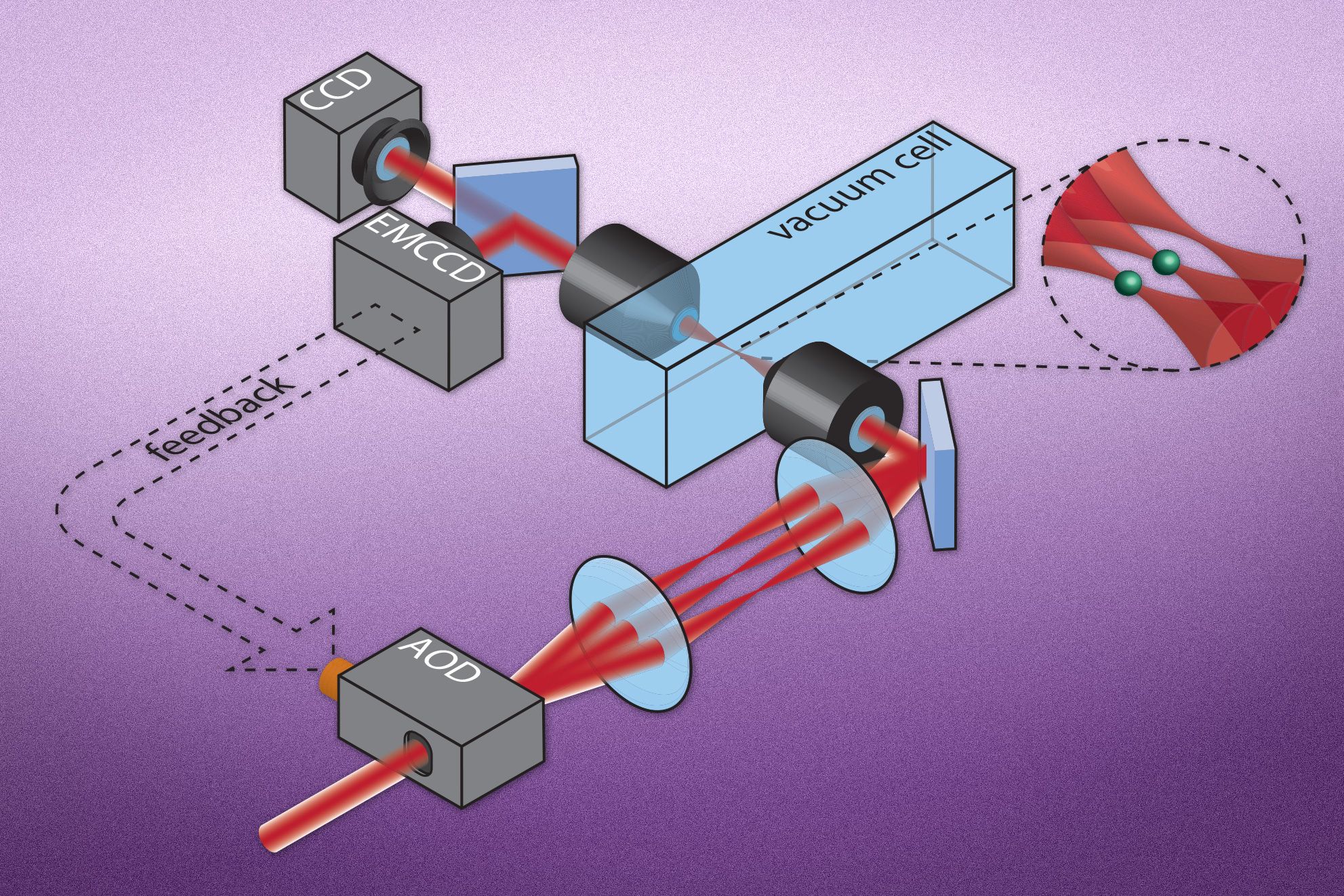Contents

Source: Live Science
Understanding Single-Atom Lasers
Single-atom lasers are a fascinating area of research in the field of quantum optics. Unlike traditional lasers that utilize a large number of laser-active atoms or ions in the gain medium, single-atom lasers operate with just a single atom as the entire gain medium. This unique setup allows scientists to explore the behavior of light-matter interaction at the most fundamental level.
Operation of Single-Atom Lasers
In a single-atom laser setup, a single atom is manipulated and controlled within an optical trap. The atom is then placed in a high-finesse resonator formed by supermirrors, creating a laser resonator. By actively stabilizing the resonator length and inducing inversion of the atom using optical pumping, laser emission in the form of two Gaussian beams can be observed exiting the resonator.
Unique Characteristics
Single-atom lasers exhibit distinctive characteristics due to their high cavity finesse and small mode volume. They operate in a regime of strong coupling between photons and atomic transitions, where the Rabi frequency surpasses spontaneous emission and photon decay rates. This leads to nonclassical light emission, with features such as photon antibunching and sub-Poissonian photon statistics.
Significance of Single-Atom Lasers
Studying single-atom lasers allows researchers to validate predictions of quantum optics and compare experimental observations with theoretical models. These experiments have shown that single-atom lasers have no laser threshold, emitting light even at minimal pump powers. While single-atom lasers may not have immediate practical applications, they serve as valuable tools for advancing our understanding of quantum phenomena.
Distinction from Atom Lasers
It’s essential not to confuse single-atom lasers with atom lasers, which emit coherent matter waves instead of light. Single-atom lasers operate with a single atom over extended periods, offering a unique platform for exploring quantum effects, unlike atom lasers that emit matter waves.
In conclusion, single-atom lasers represent a remarkable achievement in quantum optics, enabling in-depth studies of light-matter interactions at the most fundamental level. While their practical applications may be limited, the insights gained from these experiments contribute significantly to our understanding of quantum phenomena.

Source: MIT News
Feel free to comment your thoughts.



